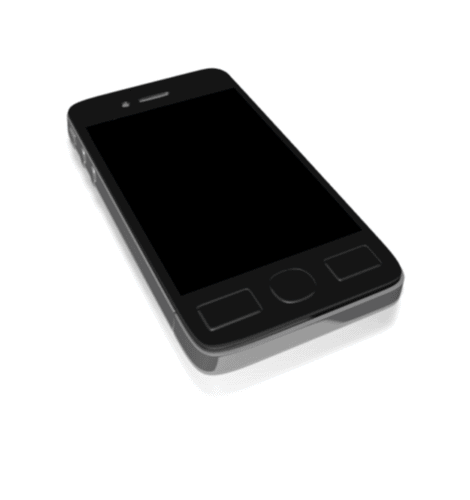It seems like every time I open Facebook or LinkedIn I see some tips from celebrities or entrepreneurs how to be more confident or successful. In reality, a little talent, a lot of hard work, and some lucky breaks are the key ingredients to success. Yet, successful people have a tendency to attribute their trajectories to a handful of tricks people “must do” in order to succeed. Unfortunately, these tips aren’t always as helpful as they seem. In fact, they can even lead to safety behaviors. If social anxiety is a problem for you, it is important to learn about the role of safety behaviors, and see if you are using them to “play it safe” socially.
This blog post is the first in a series where I will give some common tips, and explain why they are actually counterproductive.
Tip 1. Pretend to be interested in other people
The self-improvement writer Dale Carnegie recommends that people pretend to be interested in what others are saying during conversation. While this may sound reasonable when we are trying to impress someone, it can actually backfire. First, the other person might sense a lack of genuine interest in the topic, and find it uncomfortable that the listener is pretending to be interested. Second, if the social interaction results in a positive response, the pretender is likely to attribute the success to their pretense of being interested, not that they were liked for who they are. Third, this sort of behavior can maintain unhelpful thoughts people have about themselves, such as “I’m so plain and boring”. Every social interaction is an opportunity for people to disconfirm these types of unhelpful thoughts. However, every time safety behaviors are used, an opportunity is missed.
Tip 2. Read over your emails at least 5 times
Many of us overemphasize the importance of wording in our emails. Whilst this may seem reasonable, it simply isn’t always helpful. In fact, some of the most successful people I have corresponded with send me emails full of spelling mistakes (probably due to auto spelling) and no formal structure. Life is too short to read emails more than a couple of times. Try sending emails without proofing them: it’s difficult at first, but then it becomes liberating. It becomes easier to respond from your phone or tablet, and can save you from thinking about the emails when you are doing something else!
In other news, I just had a peer reviewed paper on safety behaviors accepted in the Journal of Speech, Language and Hearing Research. Once it is in press, I will blog about this as well!

Fjola Helgadottir, PhD, MClinPsych, is a clinical psychologist, a senior research clinician at the University of Oxford, and is a co-creator of AI-Therapy.com, an online CBT treatment program for overcoming social anxiety
